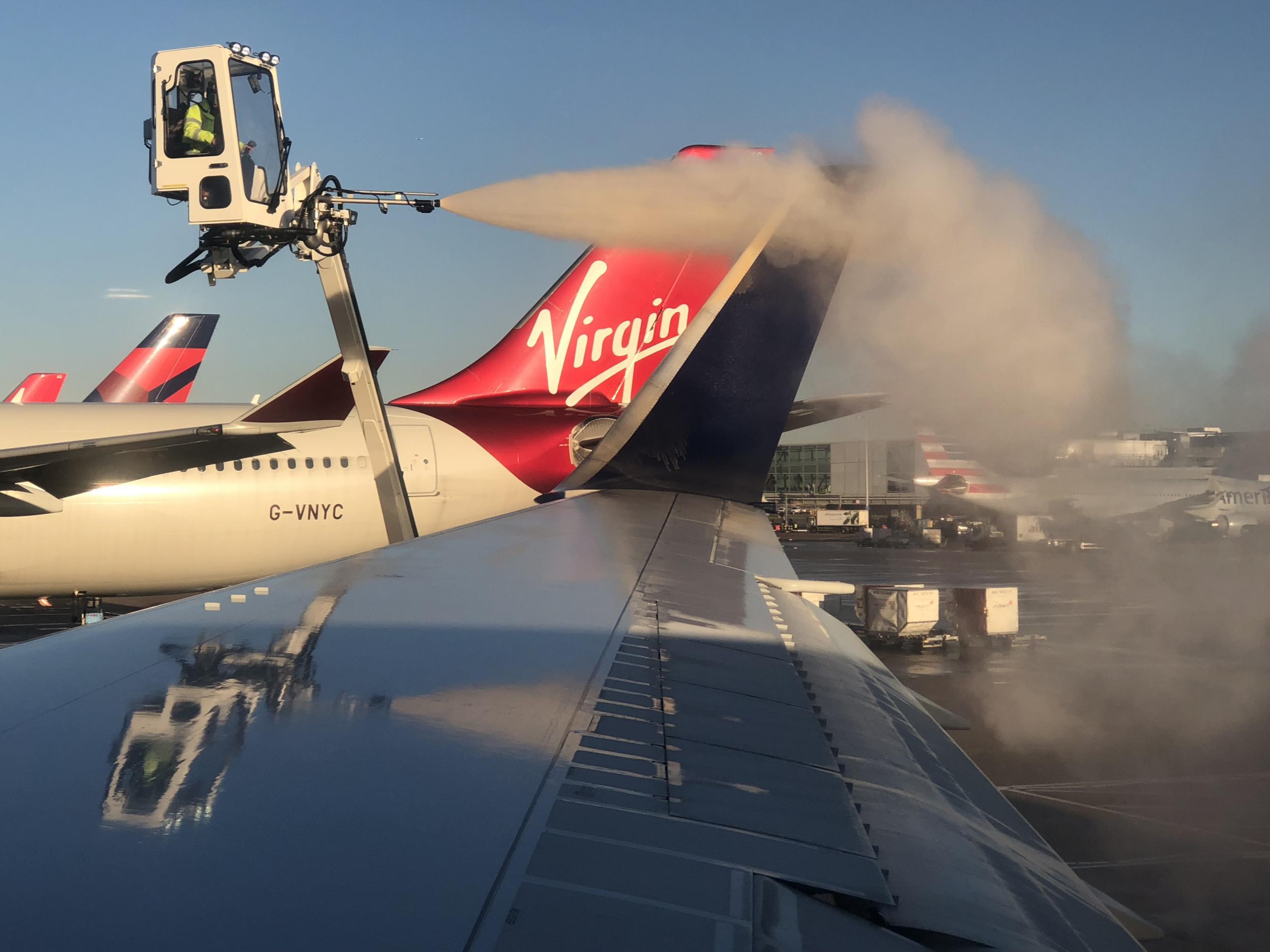How to book cheap ‘open-jaw’ flights
Plane Talk: Flying out to one city and back from another is often the best plan

Your support helps us to tell the story
From reproductive rights to climate change to Big Tech, The Independent is on the ground when the story is developing. Whether it's investigating the financials of Elon Musk's pro-Trump PAC or producing our latest documentary, 'The A Word', which shines a light on the American women fighting for reproductive rights, we know how important it is to parse out the facts from the messaging.
At such a critical moment in US history, we need reporters on the ground. Your donation allows us to keep sending journalists to speak to both sides of the story.
The Independent is trusted by Americans across the entire political spectrum. And unlike many other quality news outlets, we choose not to lock Americans out of our reporting and analysis with paywalls. We believe quality journalism should be available to everyone, paid for by those who can afford it.
Your support makes all the difference.Competition has brought immense benefits for airline passengers. So when rivals across the Atlantic team up, it might look like thoroughly bad news for travellers. But the tie-ups between British Airways and American Airlines, and between Virgin Atlantic and Delta, deliver one clear benefit: increasing the range of flights that can be combined on one ticket.
In particular, the options for an “open-jaw” trip become much wider.
Last weekend, I flew out to Boston on Delta and returned from New York on Virgin Atlantic. Other possible options using this combination of airlines include out to Atlanta and back from Orlando, or out to Salt Lake City and back from Las Vegas.
Open-jaw tickets rarely cost more than a standard round-trip, and remove the cost and time required to retrace your steps.
For almost any journey that includes an overland journey, going from A to B but back from C to A is the best plan. Yet not everyone appreciates their benefits and flexibility. The default (among travellers and airline/agent booking sites) is to fly from A to B and back to A.
The technique is particularly appropriate for travel to North America, where there are many great overland journeys to be made: Los Angeles to San Francisco, Boston to New York and Philadelphia to Washington DC; Vancouver to Seattle or even Portland.
Australia is also prime territory: while Sydney may be a good place to start a trip down under, if you are doing any significant travelling around then it is a poor choice for travelling home. All the big Gulf and Asian carriers will offer open-jaw options allowing you to fly back from Melbourne, Brisbane or Perth, with Adelaide, Canberra and Darwin possible if you choose the right airline.
On a trip to both the islands of New Zealand, rather than flying in and out of Auckland on the North Island, fly out from Christchurch or even Queenstown.
There are plenty more examples. Vietnam is a long, thin country and it does not make sense to backtrack from Ho Chi Minh City (formerly known as Saigon) to the glorious capital, Hanoi.
Likewise, an overland adventure through Africa can be a dream trip – but to make the most of your stay you will need an open-jaw ticket out to Addis Ababa or Nairobi and back from Johannesburg or Cape Town.
The trouble is: it can be tricky to book them. The basic rule of thumb is that you can add the cost of a round trip from A to B and A to C together and divide by two to get an idea of the likely cost.
Some carriers make it even easier. I booked my trip last weekend through the Virgin Atlantic platform. I found an excellent fare outbound from Heathrow to Boston on Delta and back from JFK on Virgin.
On the Virgin Atlantic booking platform, the price of each segment was clearly shown. (Incidentally, the Delta timing was better and the fare the same on the JFK-London flight, but I went for Virgin Atlantic to obtain the protection offered by the European air passengers’ rights rules.)
On a Gulf Air booking out to Cochin in India and back from Mumbai later this month, I was also given a good price on the airline’s website.
This is in contrast to British Airways, which seems determined to deter “multi-city” bookings. I made a test booking out to Boston and back from New York on ba.com. Try as I might, I could not get the cost below £405, even though on the dates chosen a round-trip to New York was £274 and to Boston is £303. So the quote was at least £100 higher than I expected.
One reason: on multi-city itineraries, checked baggage is automatically included even if you don’t want or need it (and, given BA’s spectacularly generous cabin-baggage allowance of 46kg, I never do).
Europe is arguably the most promising territory of all for open-jaw trips: Italy from tip (Milan or Venice) to toe (Brindisi or one of the Sicilian airports); Berlin to Prague, along the Elbe river valley; Bergen to Tromso in Norway, using the Hurtigruten coastal ferry between the two; and Porto to Faro along the coast of Portugal. Given the multiplicity of flights, the multi-city option on a comparison site such as Skyscanner is worthwhile.
Of course you can even try a reverse open-jaw, which means flying from A to B but back from B to C. This usually works best, in my experience, to reduce fares: I have combined Bournemouth and Gatwick, Luton and East Midlands and even Heathrow and Liverpool. But it is not so great if you like to park at the airport.
Join our commenting forum
Join thought-provoking conversations, follow other Independent readers and see their replies
Comments